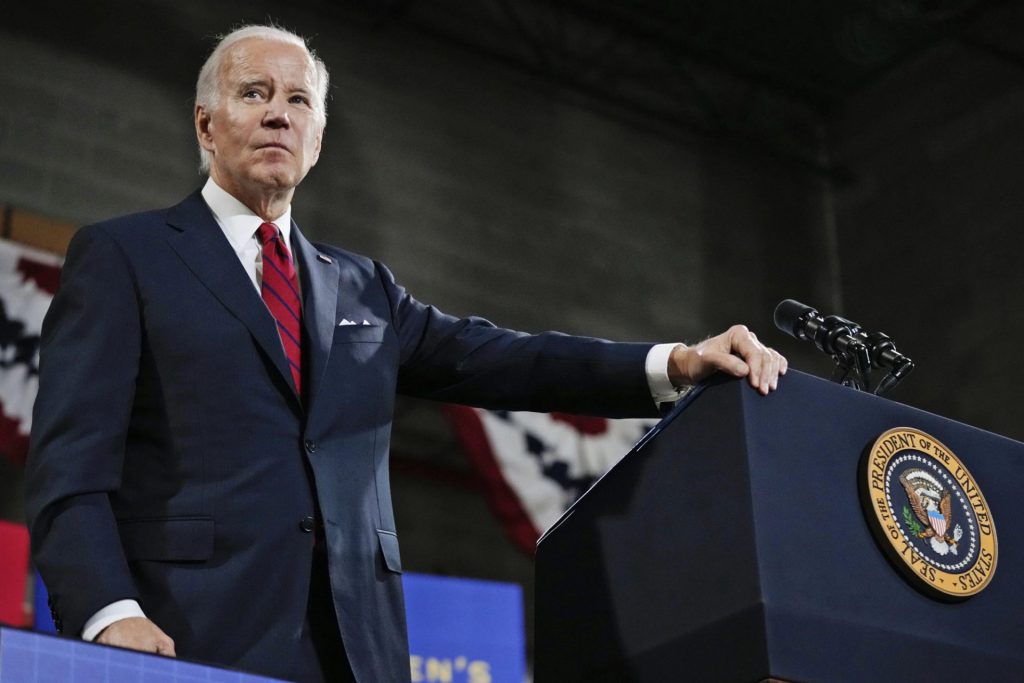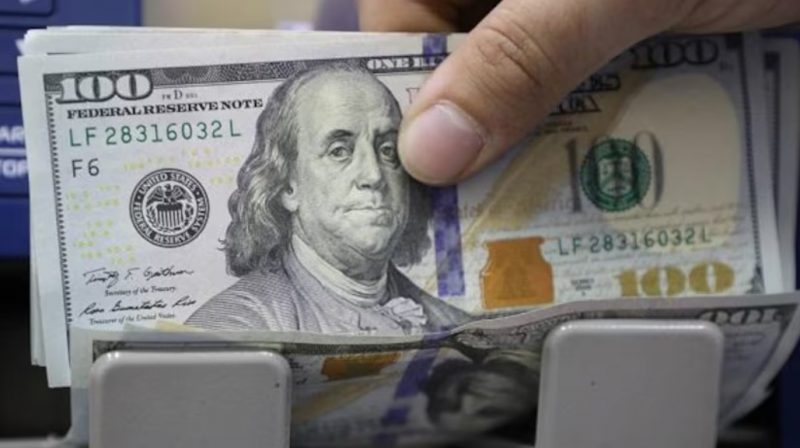The United States has undoubtedly been facing geopolitical turmoil and its inflationary concerns. The rising interest rates have created an unsustainable model for the country, and amid BRICS de-dollarization, the US Dollar has weakened significantly over the last four years.
According to Truflation data, the dollar has lost 25% of its purchasing power since the start of 2020. That indicates that one US dollar in the country is worth just $0.75 worth of goods. That discrepancy is a byproduct of the currency’s inflationary state and speaks to its worsening condition as the international economy begins to increase its financial diversification.

Also Read: BRICS: US Bank Agrees Switching To Gold Standard Will Stabilize Prices
US Dollar Weakened Noticeably 2020 as Global Economy Diversifies
The last several years have been difficult for virtually all nations economically. Subsequently, one of the most influential economies on the planet, the United States, has desperately fought to find its footing. To start this year, the country is still fighting inflation, which has taken a toll on its currency.
Now, amid BRICS de-dollarization, the US dollar has weakened a remarkable 25% in purchasing power since January 2020. This denotes a stark decrease in what goods can be acquired with the dollar in the country. However, inflation has only been part of the issue, as the rising debt and global positioning have also contributed to its failure.


Also Read: US to Challenge BRICS Currency Plans to Save the Dollar?
The US has faced a massive debt crisis that has threatened the status of the US dollar. The Congressional Budget Office, a US government agency, recently warned of an impending crisis from inaction regarding the debt concern. Its most recent long-term budget look noted that the economy faces “significant” fiscal risk of the ongoing pattern.
That reality has been observed by Central Banks throughout the globe. These countries have opted to increase gold holdings to combat a potential US Dollar collapse. Subsequently, the United States has found no reprieve in the international prevalence of the greenback, which is slowly decreasing.
Geopolitical tension only adds to the concern over the dollar’s direction. The inflation fight has been met with BRICS de-dollarization initiatives. Native currency developments, digital asset prominence, and other factors have created a more wide-ranging economic system. Therefore, the supreme status of the dollar is ultimately facing a concerning prognosis on the current trajectory.





